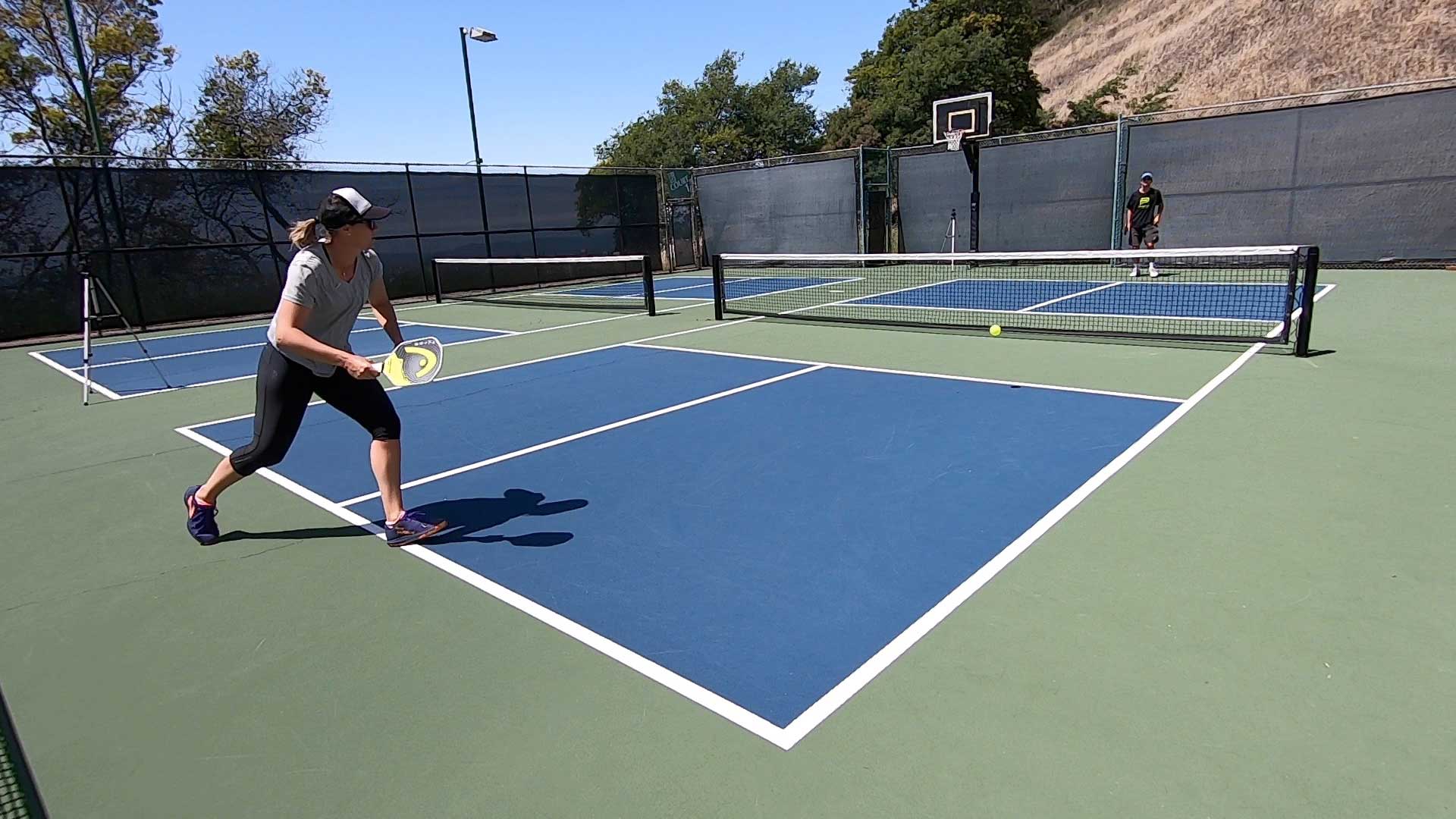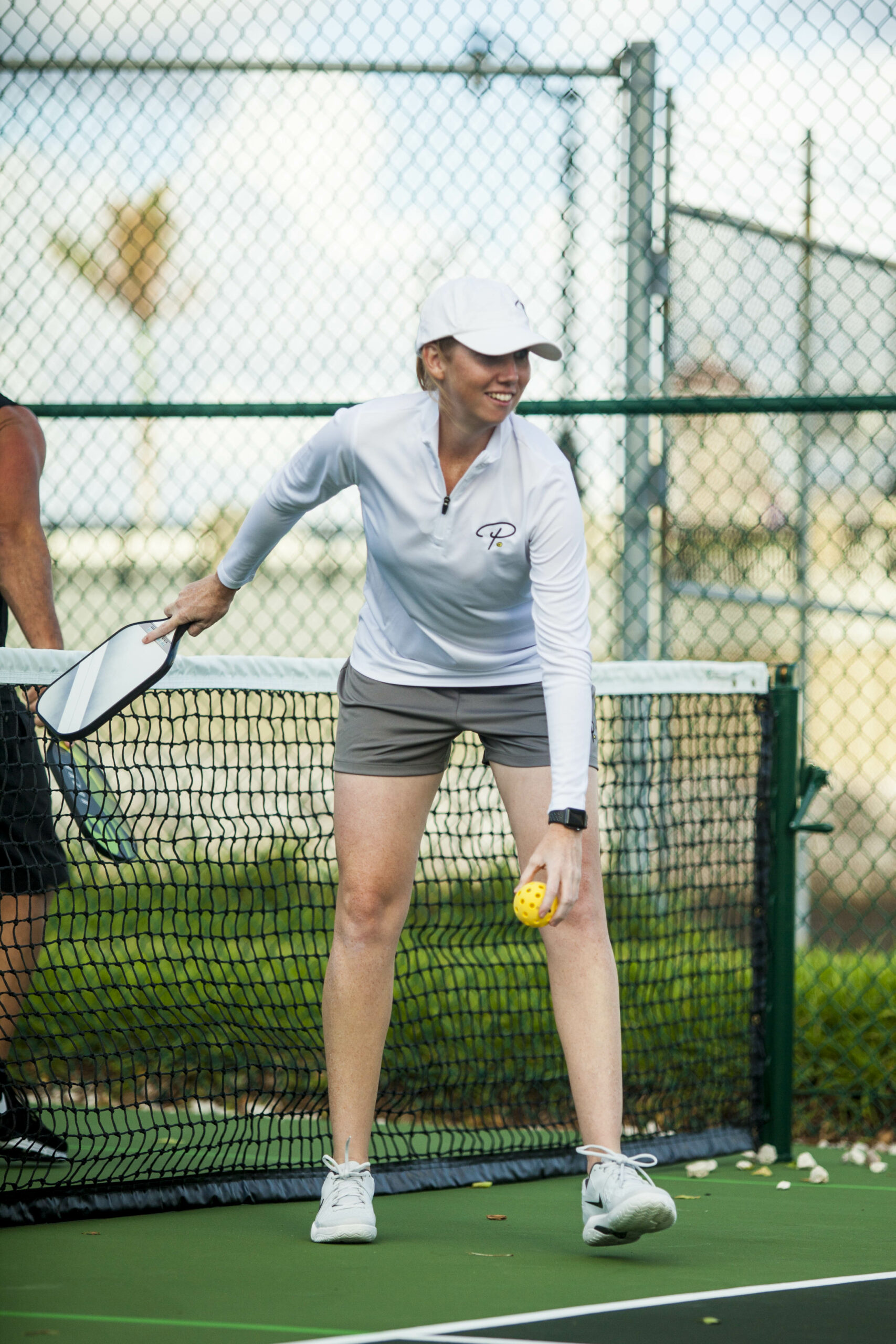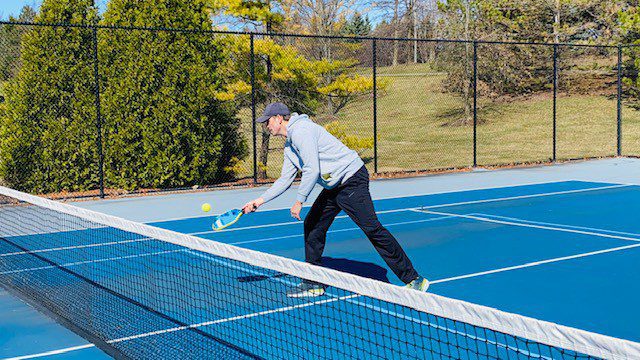Pickleball Foot Faults: A Comprehensive Guide
In the world of pickleball, where speed meets strategy and skill, the concept of foot faults can sometimes be overlooked. Yet, these seemingly minor infractions can significantly alter the dynamics of a game, often leading to frustration for both players and onlookers. Understanding foot faults isn’t just about knowing the rules; it’s about fostering an environment of fairness that enhances the game’s enjoyment for everyone involved. Imagine serving a perfect ace only to have it negated by an unseen fault such scenarios remind us of the importance of mastering the court’s boundaries. This guide aims to clarify the intricacies of pickleball foot faults, enabling players to navigate the court with confidence and integrity.
Understanding Pickleball Foot Faults
Foot faults in pickleball are defined as violations of the rules regarding foot placement on or beyond the court boundaries. These mistakes may seem trivial at first glance, yet their implications can be profound. The fundamental rule of foot faults is straightforward: a player must keep both feet within the court’s lines during active play, including when serving. This guideline serves not just to protect the integrity of the game, but also to ensure each player participates on an even playing field.

The kitchen, or non-volley zone, presents its own set of foot fault rules. This area, extending 7 feet from the net on either side, is a sanctuary for strategic play that demands respect. Players must be meticulous about their foot placement here; stepping into this zone while attempting to hit a volley represents a direct violation of the game’s structure. The essence of this rule mirrors the cautious balance of a tightrope walker: one misstep can mean the difference between triumph and a fault.
When it comes to serving, there are specific foot placement rules to consider. A player must have both feet behind the baseline until the paddle connects with the ball. This requirement emphasizes the need for steadiness and awareness, as any slight movement can lead to a fault. Players must cultivate a disciplined approach to their serving mechanics to avoid unintended penalties.
Common Foot Fault Mistakes
While understanding the rules is critical, recognizing common mistakes can prevent foot faults from creeping into gameplay. One prevalent error is stepping on the lines during play. Many players, amidst the adrenaline of the game, overlook this detail and unknowingly cross the threshold of the court’s boundaries. To illustrate, imagine a player poised to return a serve, their foot inadvertently grazing the line. Such a moment can unravel a well-fought point, underscoring the importance of awareness in every movement.
Navigating the kitchen also poses challenges for players. The temptation to step into this crucial zone can be overwhelming, especially when trying to make a quick play on a volley. Yet, players must remember that the ball must bounce before they enter the kitchen to hit a volley. This rule exemplifies the need for patience and foresight in the game a vital lesson for any aspiring player.
Another frequent pitfall during the serve unfolds when players fail to maintain proper stance until the ball is struck. Rushing the serve by shifting weight prematurely not only risks a foot fault but can compromise the effectiveness of the serve itself. A smooth, controlled movement should become second nature, promoting both success and adherence to rules.
Foot Faults During Service
The dynamics of serving play a crucial role in understanding foot faults. When a player prepares to serve, the positioning of their feet is paramount to ensuring a legal serve. Both feet must remain behind the baseline, a rule that echoes the importance of starting strong and within the boundaries of the court. This requirement instills not just discipline but also a sense of accountability; players must take responsibility for their actions from the very outset of a point.

In competitive settings, even minor foot fault infractions can draw attention. Stories abound of players who faced the repercussions of stepping just a little too far forward, resulting in lost points and heightened tension. Beginners, in particular, should focus on the mechanics of their serve, consciously practicing a routine that includes checking foot placement.
Furthermore, players can more effectively avoid foot fault mistakes by employing visualization techniques. Each time they step up to serve, they should mentally reinforce the boundaries of the court. This mental practice can translate into physical execution, creating a solid foundation for a successful serve and maintaining the integrity of the game.
Foot Faults During Return
When it comes to returning serves, the same principles of foot placement apply. Staying within the boundaries of the court is crucial when returning a serve. The general rule states that players cannot step on or over the sideline or non-volley zone line while returning. An unintentional foot fault during a return can shift the momentum of a match, leaving players feeling aggrieved.
Returning a serve requires not only awareness of foot placement but also a good understanding of timing. Players must be quick on their feet while simultaneously keeping their focus on their positioning. It is a delicate dance between readiness and caution. The concept of staying within the lines serves as a reminder the boundaries help define the flow of gameplay, ensuring fairness and structure.
Common mistakes during returns can include a litany of foot placement errors, such as stepping on the sideline or non-volley zone line while making an aggressive shot. Being cognizant of these potential pitfalls can make all the difference, turning moments of tension into opportunities for success. Preparation, practice, and mindfulness can help players refine their approach, keeping them grounded within the court’s confines.
Consequences of Foot Faults
The repercussions of foot faults in pickleball can be immediate and significant. Most notably, a player who commits a foot fault loses the point, an outcome that can disrupt both individual performance and team dynamics. Just as a misplayed note can shatter a musician’s symphony, a foot fault can throw a player’s concentration into disarray, leaving them to grapple with the disappointment of a missed opportunity.

Moreover, they can affect a player’s credibility and sportsmanship. The pressure of competition can lead some players to become dismissive of the rules, but doing so can diminish the spirit of the game. Embracing rules like foot faults fosters an environment of mutual respect, where players take accountability for their actions, cultivating a healthier competitive atmosphere.
Intentional foot faults could also lead to warnings or penalties, particularly in more serious matches. Players must be mindful not only of their actions but also of how they are perceived on the court. Upholding one’s integrity can enhance the overall experience for all participants, driving home the importance of following the rules.
How to Avoid Foot Faults
To avoid the pitfalls associated with foot faults, players must commit to refining their footwork and balance. Regular practice and conscious awareness during games can help build habits that prevent fouls, ensuring players stay within the lines. Just like any athlete, pickleball players should continually seek to improve their execution through persistent training.

Developing a consistent serving routine can also serve as a critical strategy for avoiding foot faults. Establishing a mantra or specific set of movements before serving can remind players to check their foot positioning. Adding this mindful approach to serving can enhance one’s performance and foster a sense of control.
Furthermore, seeking feedback from experienced players or coaches can provide invaluable insights on footwork improvement. Engaging in discussions about positioning and receiving constructive criticism can lead to enhanced performance on the court. Ultimately, understanding one’s body in relation to the court is a journey toward mastering the game.
Conclusion
Understanding foot faults is an integral part of the pickleball experience that extends beyond mere rule-following. By comprehending the nuances of foot placement, players can contribute to an environment of fairness and integrity, enhancing the enjoyment for everyone involved. Players who invest in their footwork and adhere to the guidelines set forth can not only elevate their performance but also inspire respect from their peers.
As you engage in the dance of play, keep the lessons of foot faults at the forefront. Recognize the importance of every pivot and step, empowering yourself to navigate the court with confidence. By mastering these crucial elements, you will not only find success within the game but also foster an enduring love for pickleball where every game celebrated is a testament to fair play and camaraderie.
So lace up your shoes and step onto the court with purpose embrace the challenge of remaining foot fault-free, and let each movement play a part in your pickleball journey. Your game will undoubtedly flourish as a result.
